Impedance Sensor
The electrical impedance sensors aims at determining the response of a substance. The general approach of the technique is to applu an electrical stimulus (voltage or current) to the electrode and monitor the response. These sensors are widely used in a variety of applications, from food and beverage testing, biomedical analysis, environmental monitoring to our main focus here, which goes from the investigation of phase fractions, chemical concentrations and particles, solid formations, emulsion study and multiphase flow monitoring in general, due to their possibility of being non-invasive/non-intrusive and highly sensitive nature.
Several electronics and sensor geometries are developed and used for the most diverse applications.
Investigation in Multiphase Flow
Multiphase are present in a range of industrial applications, among them in food, nuclear, aerospace, geothermal and petroleum industry, just cite a few. In industrial applications, two-phase flow is moreover typically constrained to pipes or vessels. In many applications, such flows determine safety and efficiency of the processes and plants. Therefore, measurement and imaging of two-phase flows has received much attention in recent years. On the one hand online flow monitoring is required in many applications, on the other hand detailed information about flow behavior under controlled conditions are essential for flow modeling and prediction. The validation of flow models and predictions require small and medium scale two-phase flow experiments with accurate, multi-dimensional and non- or minimal intrusive measurement techniques for different physical parameters, such as phase fraction distributions.
Developed Sensors
RC
The RC Sensor is named after the electrical properties it measures – resistance and capacitance. It is a distributed impedance sensor for real-time multiphase flow monitoring and characterization, allowing simultaneous data collection from multiple measurement stations. It has been successfully deployed in a variety of applications, including flow studies where fast transient behavior occurs.
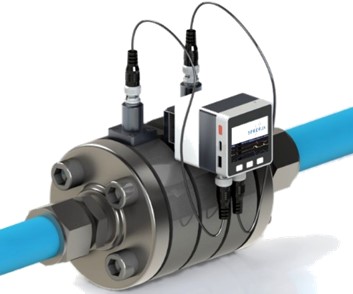
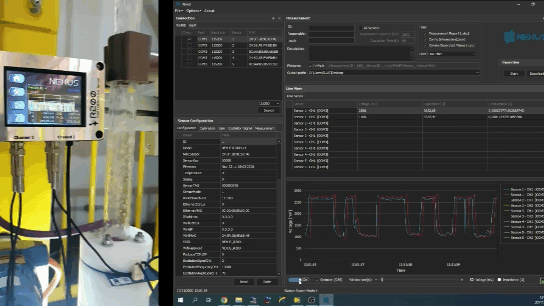
Nexus
Nexus is a dual-channel electrical conductivity sensor that can detect flow velocity and flow structures. It can also be deployed as a distributed sensing network with a very high temporal resolution, offering a sampling rate of up to 10,000 samples per second, enabling precise analysis of flow parameters across a wide range of applications.
Ring Shaped
A printed circuit board is built into the exact internal diameter of the pipes, containing the electrode in gold, making it possible to measure whithout interfering with the flow and being robust enough to operate in environments that can be harmful to other sensors, such as highly saline water.
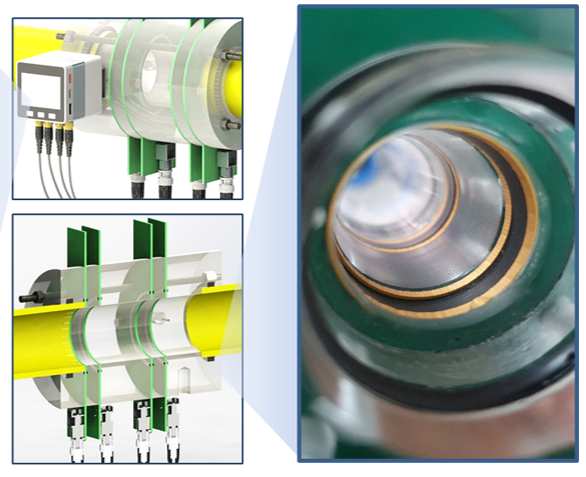
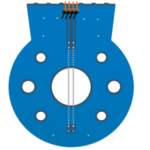
Two-wire
Two thin stainless steel parallel wires are used as emitter and receiver electrodes and they are capable. The sensor is built in a printed circuit board and the wires plane is oriented normal to the flow.
Rod
Insted of working with two electrodes, one emitter and the other receiver, as in the two-wire, this sensor has only a single measuring rod, capable of integrating the entire cross section of the pipe at the point where it is inserted.
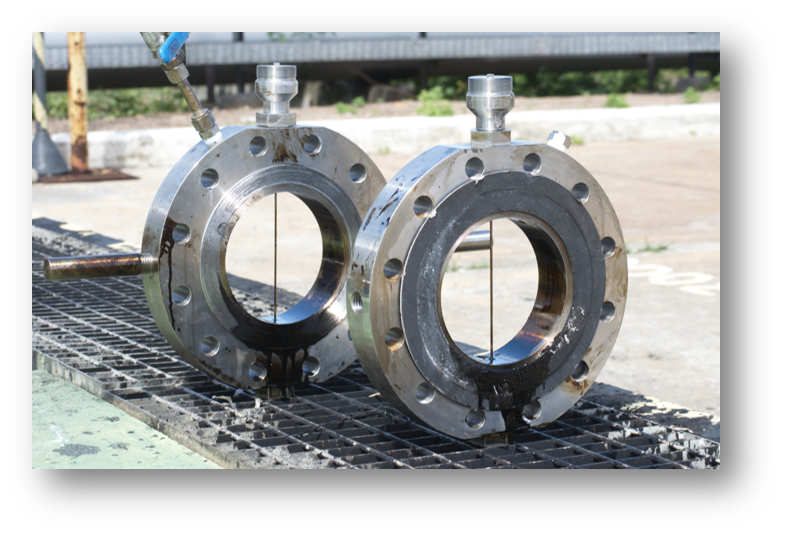
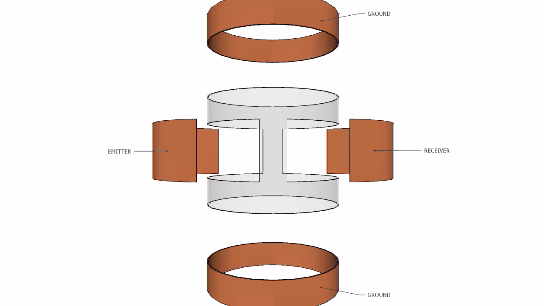
Concave plates
It is a variation of the ring sensor that concentrates the electric field (and consequently its measurement) in a more confined area.
Concentric Cylinders
dolor sit amet, consectetur adipiscing elit. Ut elit tellus, luctus nec ullamcorper mattis, pulvinar dapibus leo.
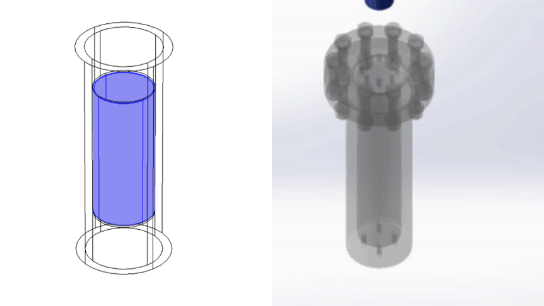
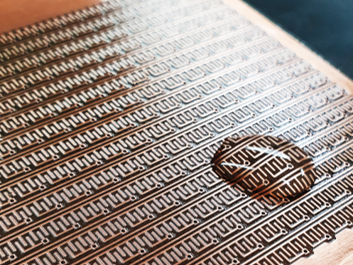
Interdigital
Planar array sensors can be applied to visualize a fluid distribution over the surface. They can combine simplicity, accuracy and high-speed impedance measuring.
Parallel Plates
One of the simplest sensor geometries yet still quite useful in instrumentation. Its simplicity makes the production cost low and it can be used to monitor changes in physical state, level of substances, mixtures, concentrations, among other.

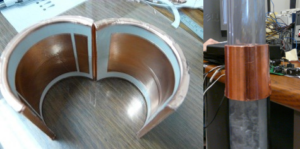
Clamp on
With the possibility of attaching a sensor (in the most diverse electrode geometries) outside the pipe, versatility is the key word for this type of sensor.
Flexible geometries
Non-intrusive concept. Can be manufactured in the most diverse geometries and in transparent material, being useful in several applications, such as for example in the two-phase flow visualization.
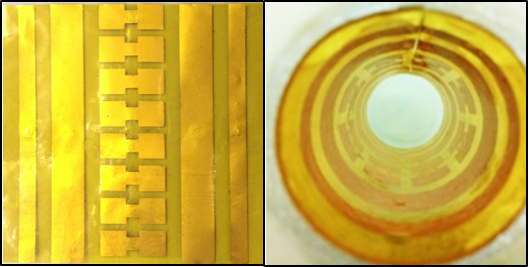
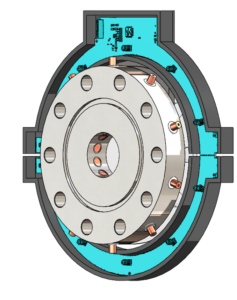
Multieletrode
10 electrodes distributed equidistant. It is non-intrusive, has a good spatial resolution, can be suitable for impedance, ultrassound or even optics techniques (including tomography) and can withstand high pressure.